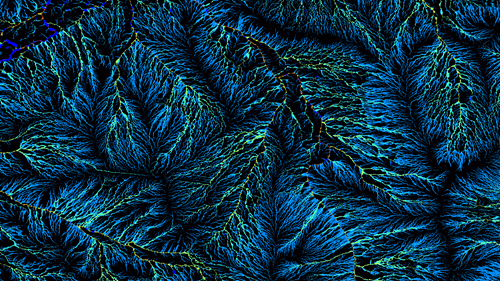Commercial fishers in Queensland and the Northern Territory are playing a vital role in sawfish research with researchers from Australia’s national science agency, CSIRO, and Charles Darwin University. Together these teams have successfully tagged and tracked more than 40 sawfish.
One of these tagged sawfish, a giant measuring over 5 metres swam an incredible 1,000 kilometres over two months.
Sawfish are extinct in many places worldwide and although still survive in northern Australia, conservation managers are concerned about low population numbers as the species is often caught in fishing nets by accident.
To date, scientific data on sawfish populations in Australian waters has been negligible and it has been difficult to determine just how critical the sawfish situation is, or how best to protect them.
This new data is helping researchers better understand the movement and survival of sawfish released from fishing gear, which is critical for conservation efforts, and some surprising findings have already been made.
CSIRO research scientist Dr Richard Pillans said out of the 40 tagged so far, the biggest was a massive 5.7 metres long.
“Amazingly, this giant sawfish swam 1000km over a two-month period from the west side of Cape York, to near Croker Island, off the coast of the Northern Territory,” Dr Pillans said.
“I was completely astonished by the distance and speed this adult sawfish travelled,
“By recovering the tag, we also got data on swimming depth and temperature throughout the track.”
Researchers worked in close collaboration with commercial fishers in Queensland and the Northern Territory to help paint a better picture of sawfish survival rates.
Fishers are now recording the sawfish they catch, collecting tissue samples, and tagging animals with satellite transmitters to determine post-release survival rates and the distance they travel.
“We know that fishers catch sawfish accidentally as ‘bycatch’ in their nets. The sawfish’s extended snout, or rostrum, has teeth along its edge, so when they come into contact with a net, they can get very entangled,” Dr Pillans said.
“What we don’t know is how many sawfish there are and what impact bycatch is having on their population status.
"Given they can grow up to 7 metres with around 2 metres of that being rostrum, releasing them can be an extremely hazardous undertaking. We are working with the fishing industry to assist them and us understand the species better.
“This collaboration is crucial in helping conserve Australia’s remaining sawfish population.”
Just getting access to the data has proved to be an adventure for Dr Pillans, his doctoral student Julia Constance and the Garngi Rangers of Croker Island.
The tag had to be physically retrieved after automatically detaching from the 5.7 metre fish.
Luckily it washed ashore on the remote beach at McCluer Island and an urgent helicopter flight was organised to get it.
“We knew its approximate location, within about 500 metres. But, when you’re looking for something half the size of a stubbie that’s a lot of beach to cover,” said Dr Pillans.
The team found the tag 45 minutes after landing on the island’s beach.
“We are all really pleased to have this new information on sawfish movements. This has given us all a big boost. It just goes to show how much can be achieved when the fishing industry, Traditional Owners and scientists work on research as a team,” Dr Pillans said.
“The reality is we wouldn’t have been able to collect this level of data in this short space of time without the collaboration of the fishing industry and it is exciting working towards a common goal of ensuring sustainable management of our endangered marine life.”
This project is supported with funding from the Australian Government under the National Environmental Science Program (NESP). The NESP program has provided over $1.1 million in funding since 2021 to support further research into sawfish.

